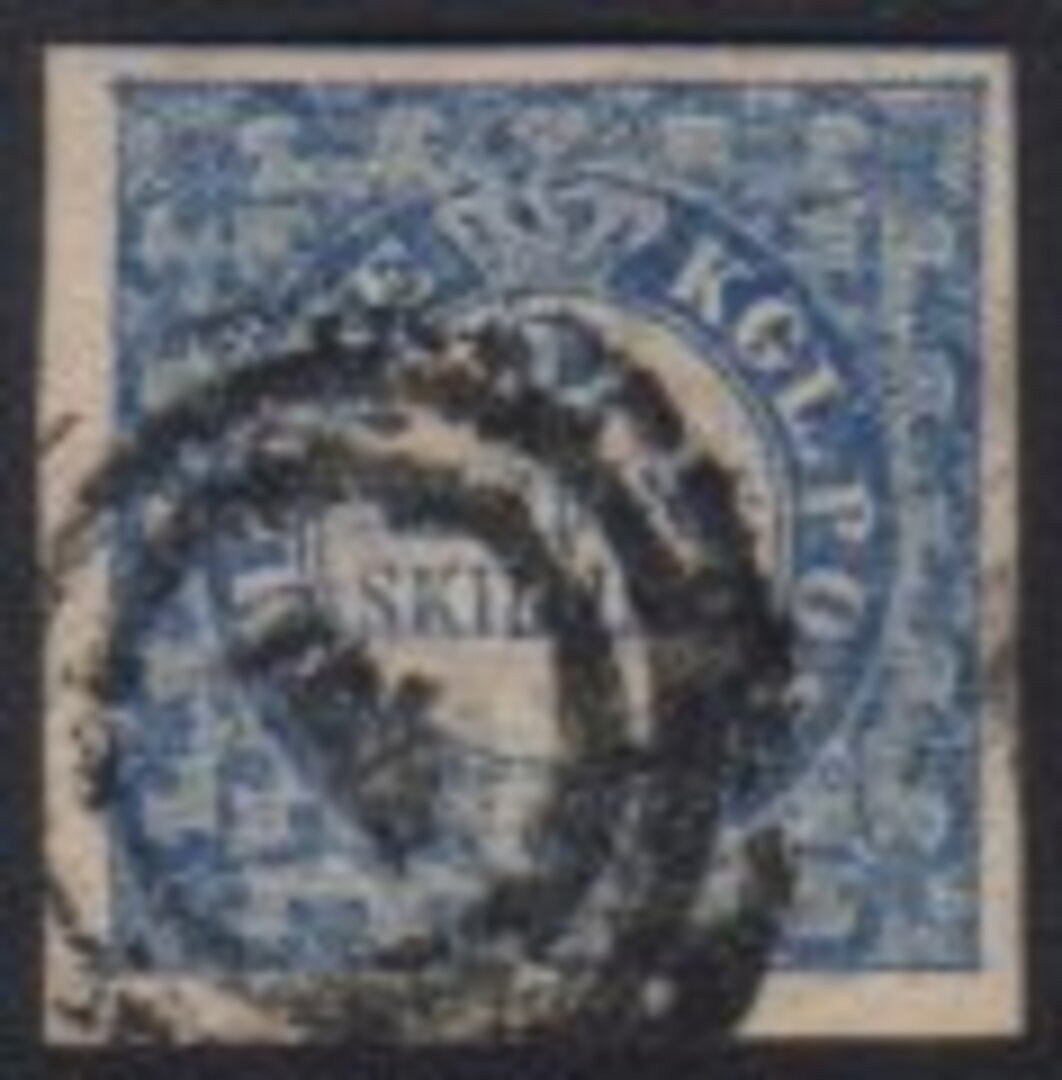
Denmark's First Stamp and The Duke of York
Perhaps the most famous stamp collector of them all was the Duke of York, who in 1910 was to become King George 5th. However, long before his Coronation the Duke was elected to the Presidency of the Philatelic Society of London.
 General
General
 General
General
 General
General